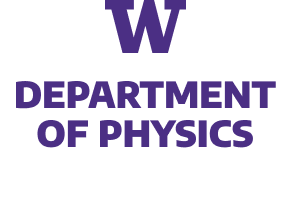We show that using the loop-string-hadron (LSH) formulation of SU(2) lattice gauge theory (arXiv:1912.06133) as a basis for digital quantum computation easily solves an important problem of fundamental interest: implementing gauge invariance (or Gauss’s law) exactly. We first discuss the structure of the LSH Hilbert space in d spatial dimensions, its truncation, and its digitization with qubits. Error detection and mitigation in gauge theory simulations would benefit from physicality “oracles,” so we decompose circuits that flag gauge invariant wavefunctions. We then analyze the logical qubit costs and entangling gate counts involved with the protocols. The LSH basis could save or cost more qubits than a Kogut-Susskind-type representation basis, depending on how that is digitized as well as the spatial dimension. The numerous other clear benefits encourage future studies into applying this framework.


